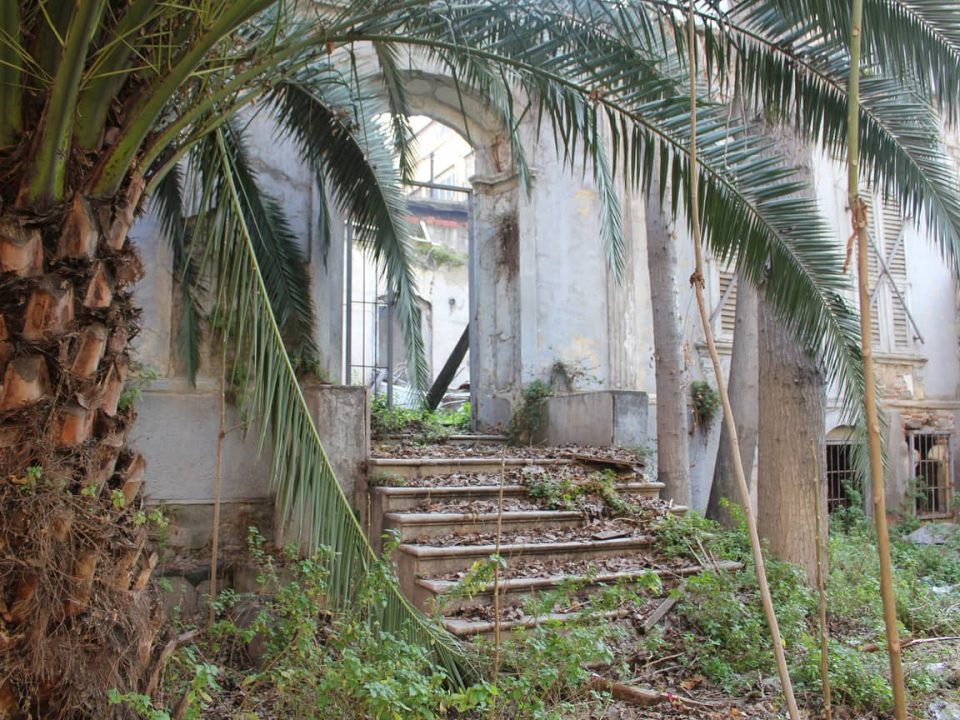The headquarters of the Barcelona History Museum in the Call, inaugurated in March 2015, is located in the middle of the old Jewish quarter, where once stood the house of Jucef Bonhiac, a veil weaver. It is a building of medieval origin where original remains from the 13th and 14th centuries are preserved. The space of the Museum of History of Barcelona El Call, distributed in three areas, aims to present the history and heritage of the the history and heritage of the Call in a global way. Area I explains the topography of the Call, area II explains the history of the Call and area III shows the cultural legacy of the Call.
In 2014 the mikveh was identified in the patio of the Museum of Jewish History. The original structure has been preserved even though in later rebuildings it was transformed into a cistern. It was a closed space which could be accessed by a door, leading to a hall, a tiled changing room and the pool. Access was gained by stepping over the threshold, which led to a landing made of stone slabs, and from there people could probably go into the pool through a flight of stairs integrated in the pool, now lost. The water was supplied from a natural source by filtration, and also from the tank situated in the courtyard, which collected rainwater and filled the bath. The function of the mikveh is the spiritual purification through total immersion of the body in the water.
The Rabbinate building was built with support from the Rotschild of Vienna in 1840. The Rabbinate building is situated in the middle of a large garden surrounded by walls in the street once called the Hahambasi (Chief Rabbi) Street. The Rabbinate, as the name suggests, served as the offices of the Chief Rabbinate of Izmir.
Unleavened bread was made in a bakery erected adjacent to the Rabbinate in order to satisfy the needs of the Jewish community of Izmir during the “Passover” holiday. The central library and Yeshiva (theological school) of the Jewish community of Izmir had been located here and all the official affairs of the community were transacted at the Rabbinate by 1930.
The Rabbinate was evicted in 1997 and an office was rented at Alsancak to carry out the affairs of the community.

